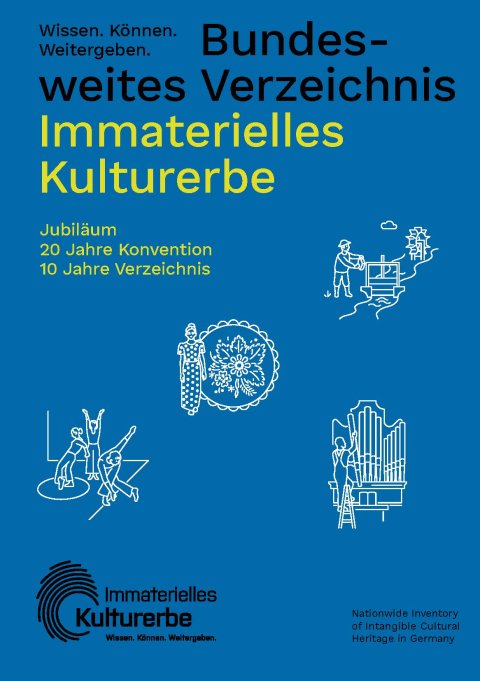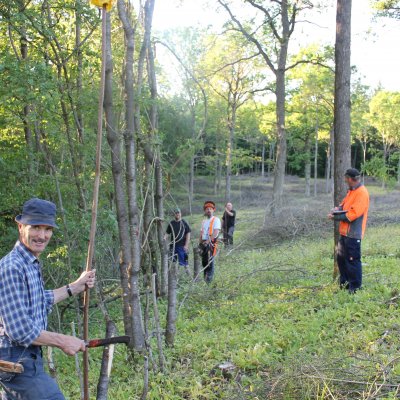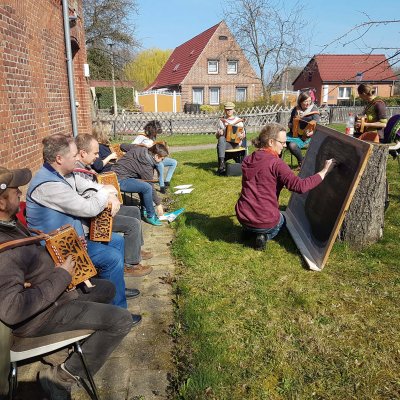Nationwide Inventory of Intangible Cultural Heritage
The Tradition of the Martensmann
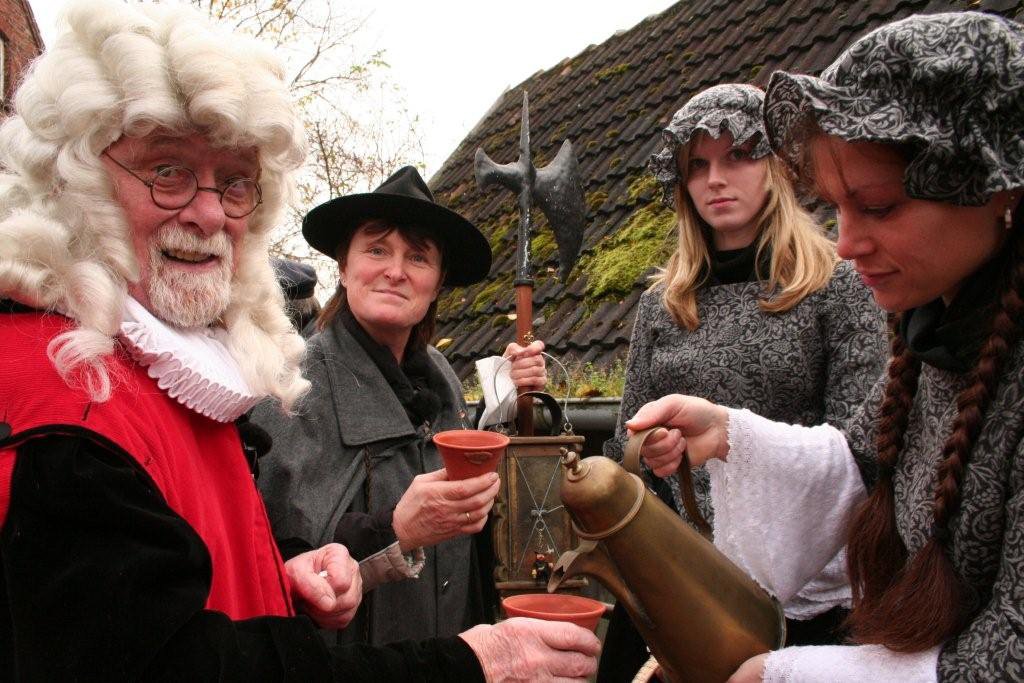
Since the Middle Age the Martensmann has delivered a barrel of wine from the Hanseatic City of Lübeck to the Dukes of Mecklenburg in Schwerin. After the German Reunification, citizens revived the custom. The Martensmann helps them reinforce their regional identities.

Facts & Figures
Crucial date: November
Inscription: 2020
Domains: Social practices, rituals and festive event
Where to find: Hansestadt Lübeck, Rehna, Schönberg, Schwerin
Contact
Heimatbund für das Fürstentum Ratzeburg von 1901 e.V.
Emanuela Glöde
ramisch@nordwestmecklenburg.de
www.schoenberger-land.de
Since 1520 the Martensmann’s delivery of a barrel of wine from Lübeck to Schwerin has been well documented. A thank-you letter, signed by the Duke of Schwerin, even hints at the year 1330. But the historical origins of the custom are lost in time. In 1817, the City of Lübeck and the Dukes of Mecklenburg agreed to cancel the delivery. After the German reunification, citizens were looking for historical and cultural commonalities of the divided region and found them in the Martensmann.
Every year on the 9th of November, the Martensmann loads his carriage with a 100-litre-barrel in Lübeck and hits the road to Schwerin. As a servant of the City of Lübeck, the Martensmann wears a historical costume and carries a lantern and a money-belt. On his way he stops twice in Schönberg and Rehna where he’s welcomed with fairs. At these fairs the citizens taste the wine from the barrel. After a third fair at the 10th of November in Schwerin, the Martensmann hands the barrel to the Mayor of Schwerin.
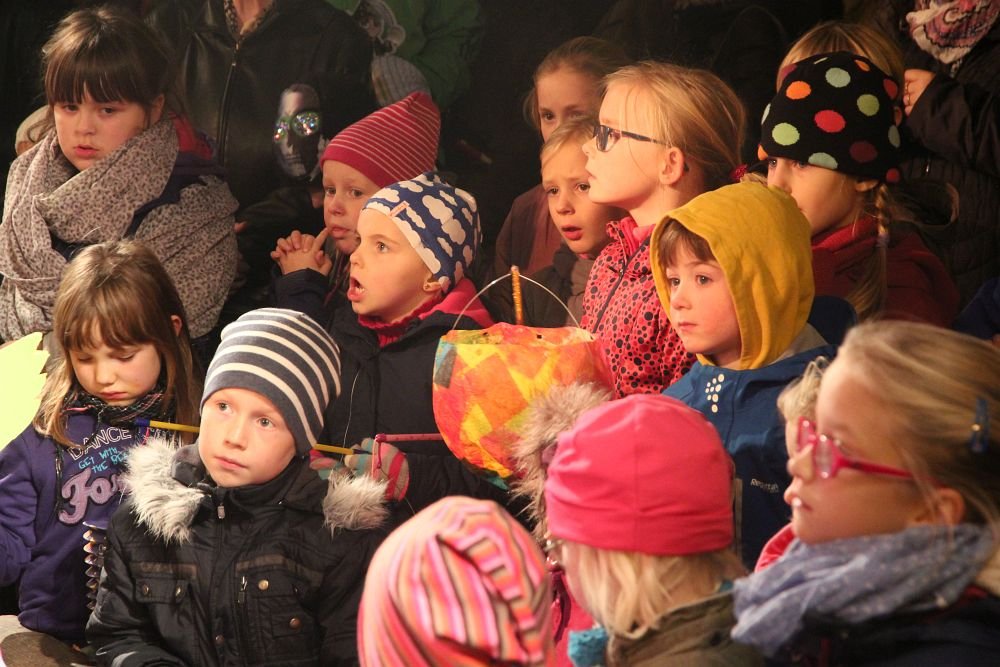
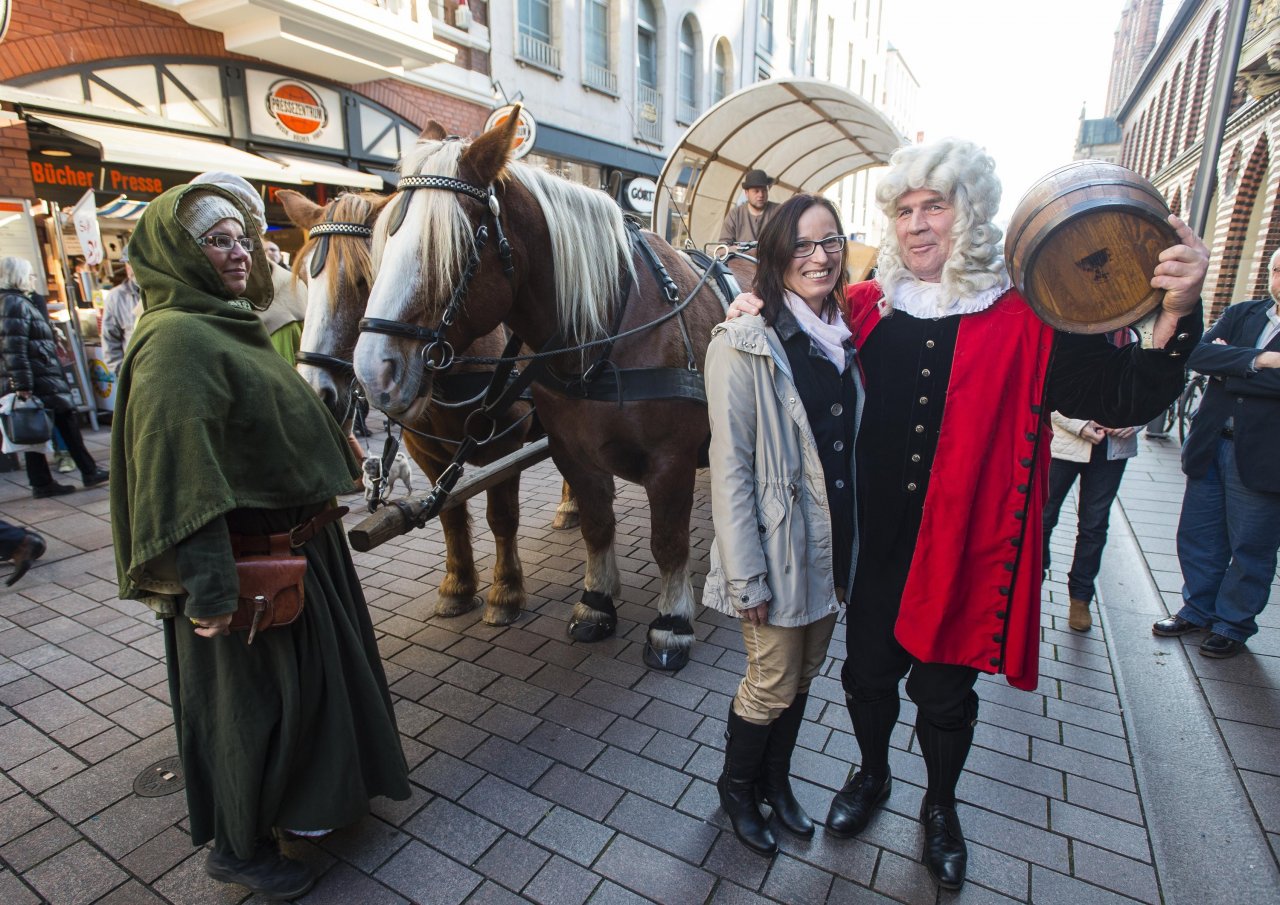
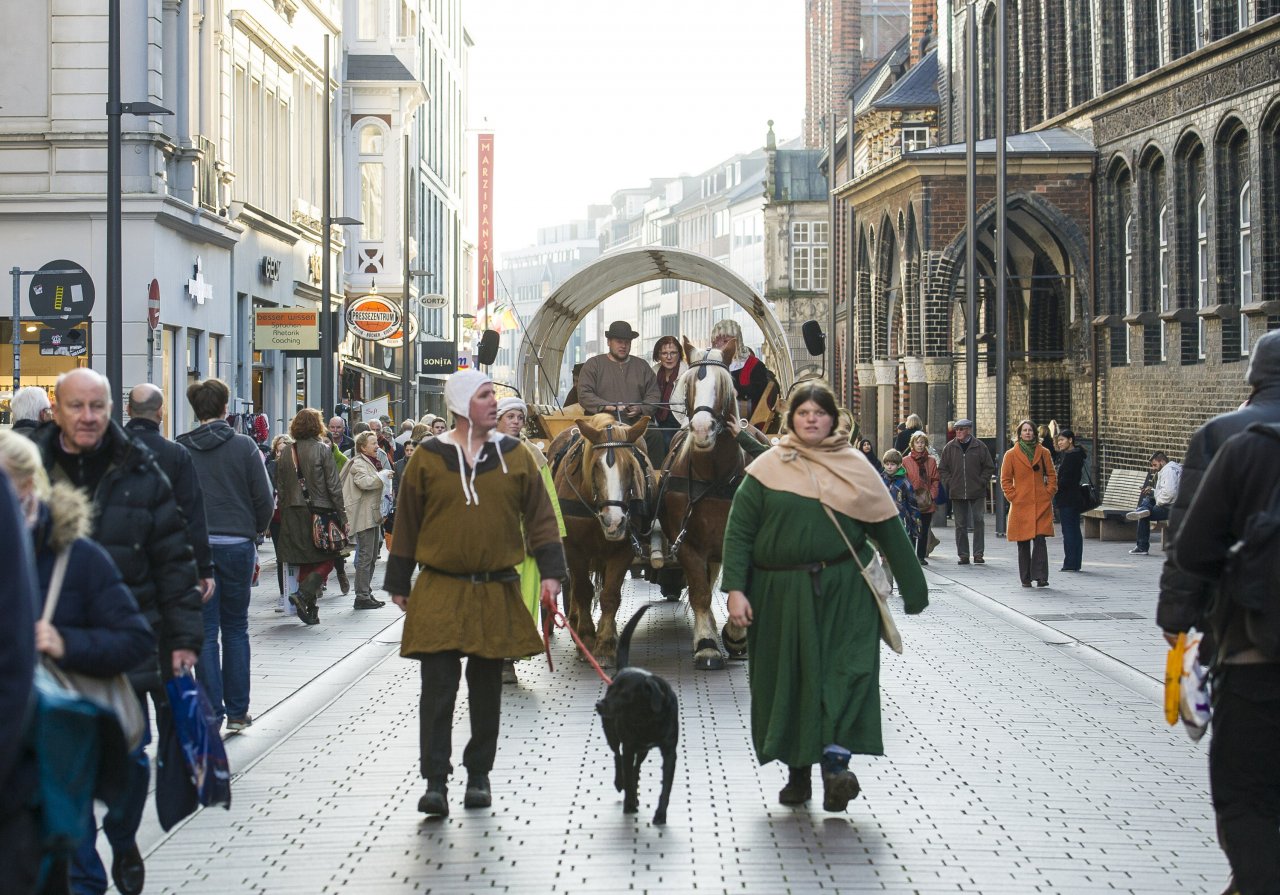
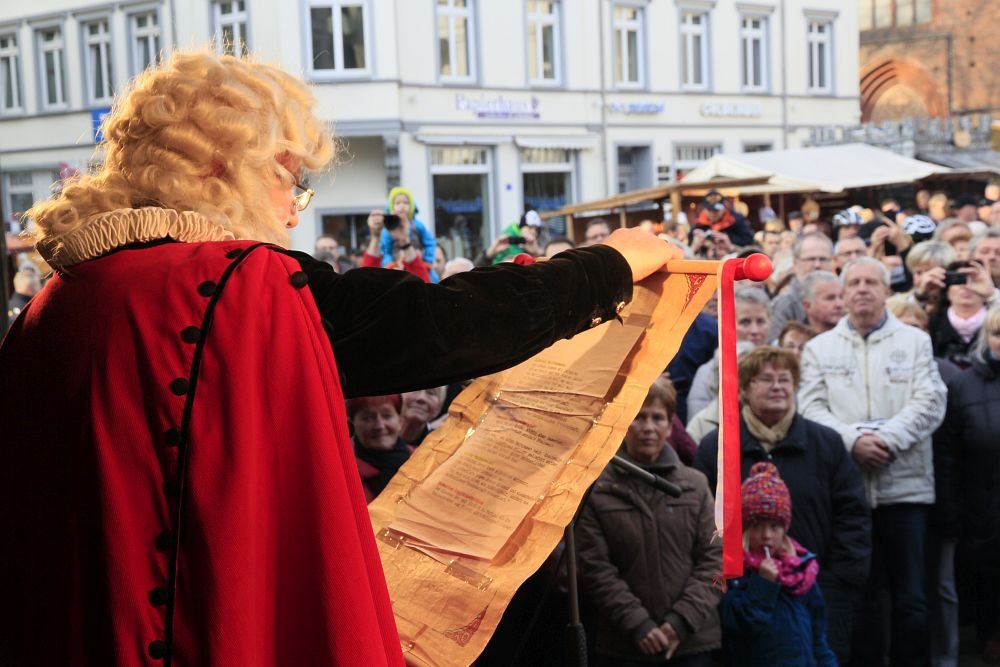
The custom is a symbol of the lively civil society. The re-establishement in 1991 and interest of the population in the reunited region show the importance of Martensmann as a historical and contemporary role model. The tradition is also a link and bond for contacts between municipalities, associations and people from Schleswig-Holstein and Mecklenburg-Western Pomerania. The customs follows fixed procedures, yet offers space at the stops for new ideas. These keep the custom of the Martensmann alive.


